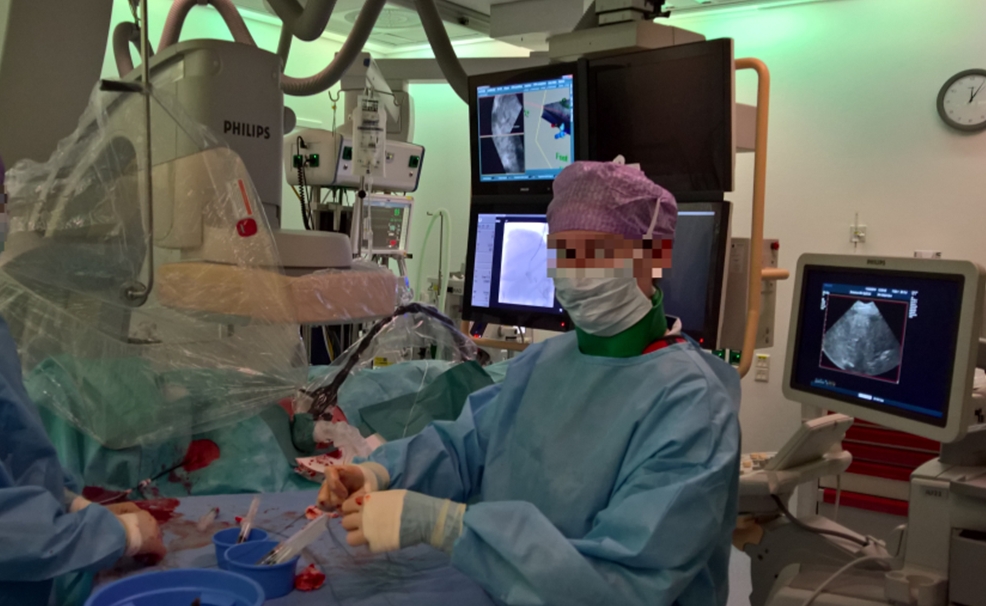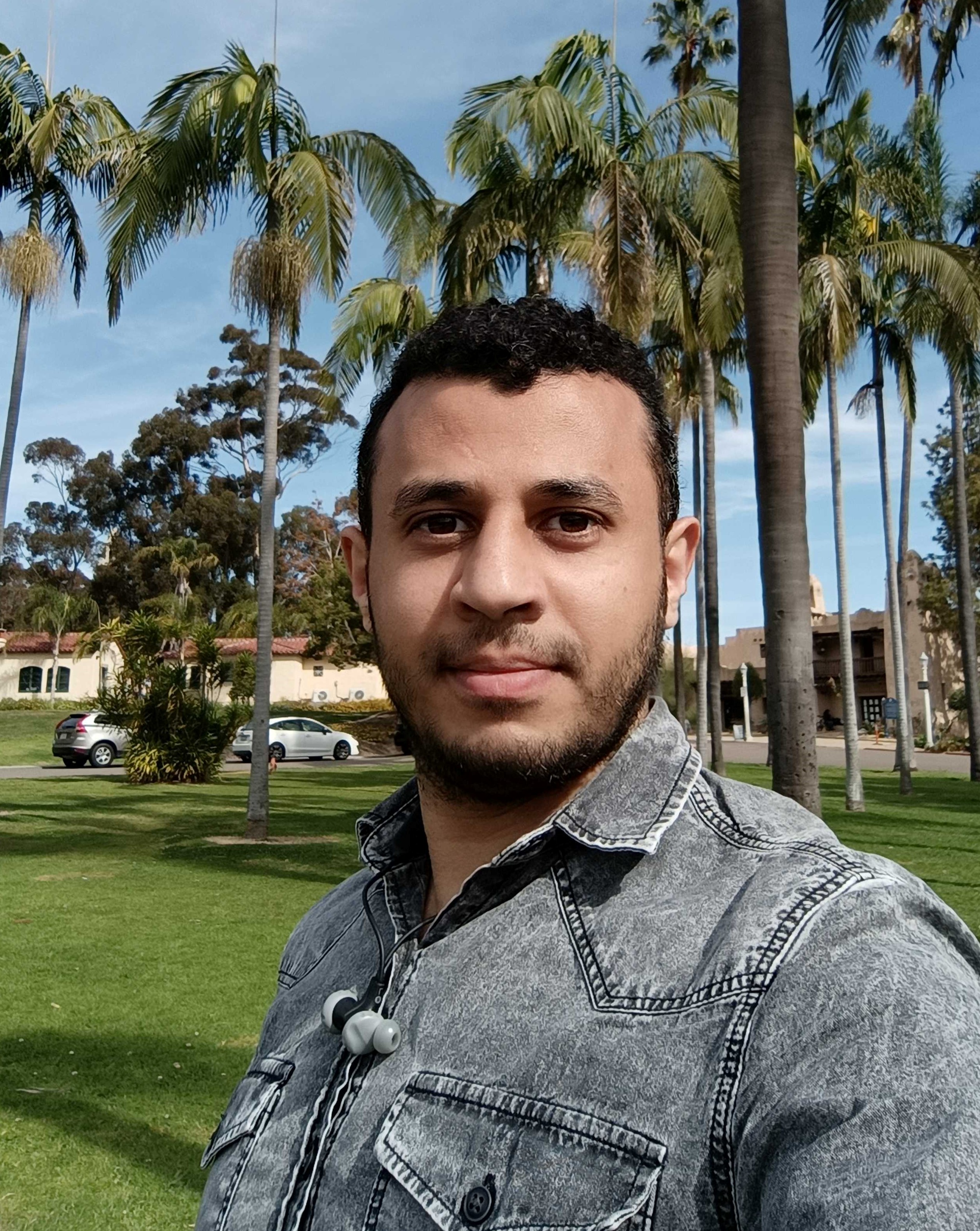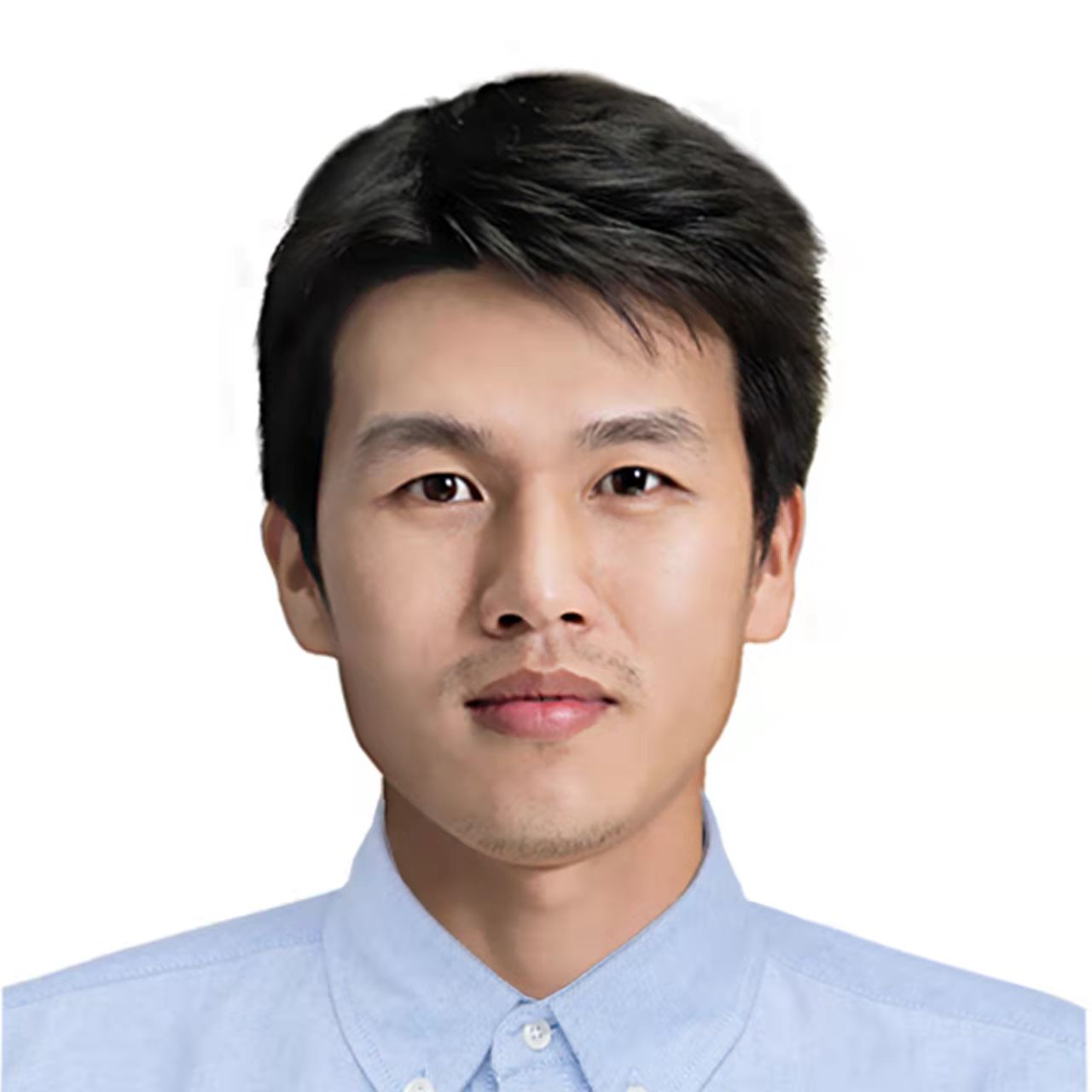About the research line

Minimally invasive interventions are beneficial for patients, but comes at the expense of the physician. Such interventions are often more complex than conventional interventions, because of the lack of direct eyesight and tactile feedback.
Navigation systems have been developed to improve image guidance during minimally invasive interventions. These systems enable the integration of pre-operative 3D images or models for guidance during procedures. Such systems have found their way into clinical practice, especially for many neurosurgical and orthopedic applications, as in these applications the target anatomy is rigid, and can be tracked easily with external tracking system.
Such systems similarly may be beneficial for applications in in interventional radiology and cardiology. However, current tracking systems are not well capable of tracking anatomy inside the patient. In additon, respiratory and cardiac motion will invalidate any initial registration to a pre-operative image or plan. Navigation in such applications requires innovation in the area of motion tracking and correction for deformation. The research in the Image Guidance in Interventions and Therapy theme group focusses on developing and assessing technologies that enable navigation in such (minimally invasive) interventions.
The strategy chosen to address these challenges is to optimally use interventional modalities, to track anatomy and instructions, and to align pre-operative information with these images. In short, we are developing trackerless navigation approaches. Clinical application areas for this work is interventional cardiology (coronary stenting, chronic total occlusons), interventional radiology (TIPS, ablation, TACE). The areas of technological innovaton are:
- fast inter-modal alignment of images (X-ray to CT, US to CT)
- fast tracking of anatomy motion and/or deformation (e.g. in 3D ultrasound)
- fast tracking of instruments such as needles and guide wires in interventional
In addition to the extending navigation approaches to minimally invasive interventions, we are also investigating the use of augmented reality for navigation during interventions, in collaboration with various surgical disciplines (neurosurgery, trauma surgery, cranio-maxillofacial surgery).
Interventional imaging modalities also contain valuable information for decision making during interventions. As part of our research, we also develop approaches to automatically and accurately obtain imaging biomarkers from interventional images. The clinical application for this work mostly is in EVT for ischemic stroke patients.





